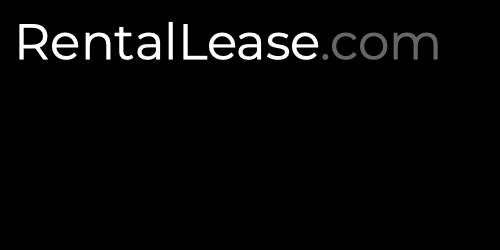Michigan Standard Residential Lease Agreement Template
Try Other Programs
The Maine standard residential lease agreement is the standard, one (1) year rental agreement between a landlord and tenant. Once the contract has been signed by both parties (along with all required disclosures) it becomes legally binding to both landlord and tenant for the term stated. It is recommended that the landlord put all potential tenants through a screening process to ensure that they are being truthful about their income and employment. A background check may also be an option…
The Maryland eviction notice allows for a landlord to inform a tenant that they are late on their rent and are instructed to pay the sum owed or move out. This form is given as a courtesy on behalf of the property manager/owner as they are legally able to file an eviction with the court in their jurisdiction the moment that rent is late. A landlord must give the tenant ten (10) days’ notice to pay or face action in…
An Alabama sublease agreement is a contract in which the original tenant, called the “sublessor,” rents out the currently rented property to another party called the “sublessee.” Keep in mind that if the landlord does not receive the sublessee’s monthly payment, the original tenant is still liable to pay the landlord that month’s full rent. Because of that reason, it is strongly recommended that the sublessor does a full background check through a rental application on the potential new sublessee….
The Virginia rental application is a document that is completed by a prospective tenant wishing to rent residential property from a landlord. This application form, once completed by the tenant, provides the landlord with the necessary information to decide whether or not the individual would be a good tenant. The applicant must enter their contact information, previous rental information, employment information, and a few pieces of financial information. The landlord has the right to charge a fee for processing and other…
The New York standard residential lease agreement allows an owner or landlord of the property to legally rent livable space to someone else. The tenant will be required to pay rent and take responsibility for a portion or all of the utilities, a condition to be determined during the negotiations between both parties. Once the landlord and tenant sign the agreement, it becomes final thus legally binding. The Tenants’ Rights Guide may be referenced for additional information about landlord-tenant laws….





